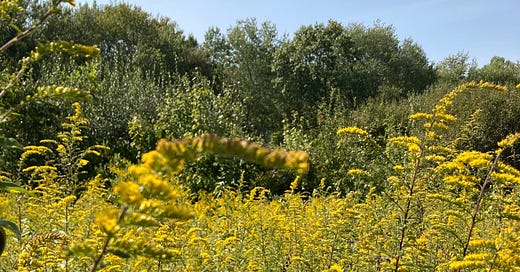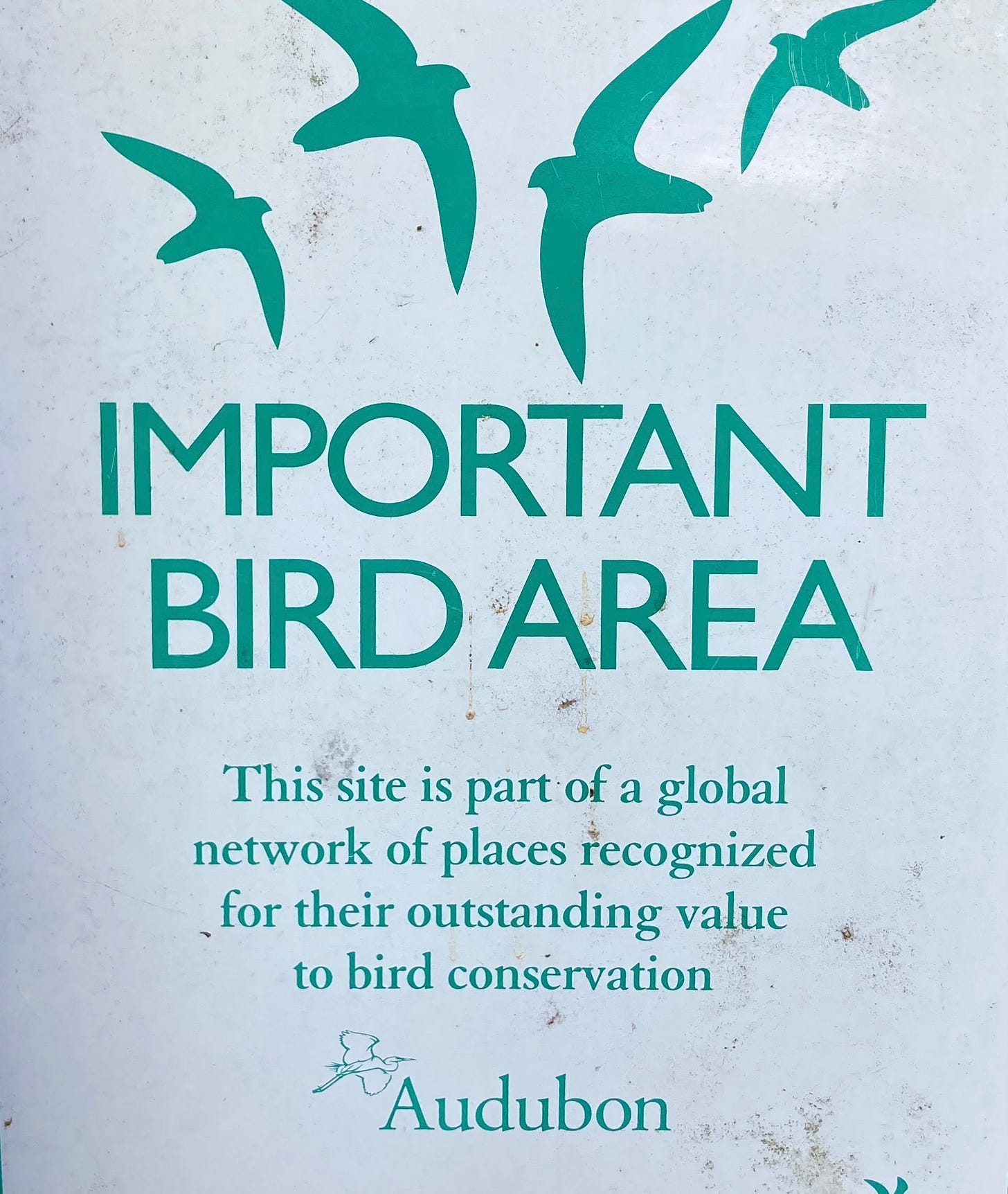Ward Pound Ridge Reservation
The Ward Pound Ridge Reservation (WPRR), resides within Westchester County, in Cross River, NY and can be located at the intersection of route 35 and route 121 South, on Reservation Road. The park is the gemstone of the Westchester County park system.
The History
The land contained within the boundaries of the park were once home to the Native American Indians. These archaic hunters and gatherers originally lived on this land and built enclosures from small saplings, which they drove into the ground to create a corral or ‘pound’. The Indians would drive game, on the hoof, into the pound and keep them alive until they needed them for food.
In 1938, Westchester County bought the property. The name ‘Ward’ was added to honor William Lukens Ward, who was the preceding republican county leader at the time.
A Unique Natural Environment
The WPRR is 4,315 acres and is the largest park in the Westchester County park system. It has varied terrain and landscapes, such as:
Upland Habitats
Upland Forests
hardwood forests, conifer forests and mixed forests
Red cedar woodland
Upland shrubs and meadows
Orchards and Plantations
Rocky Barrens and Rock outcrops (calcareous and non-calcareous)
Crests, Ledges and Talus
Wetland Habitats
Swamp
Hardwood Swamp, Mixed forest swamp and Shrub Swamp
Pools
Intermittent and vernal pools, and Buttonbush pools
Marsh, Wet Meadows and Fen
Springs/Seep
Open water
Streams ( Cross River and the Stone Hill river)
Old Structures
There are many significant structures on the property. There are lean-to structures for camping and picnicking. There are a few 18th and 19th century structures on the property and a few were constructed over 250 years ago. The Trailside museum was built during the Great Depression by the Civilian Conservation Corp.
Keep reading with a 7-day free trial
Subscribe to The Earthmonk Journal to keep reading this post and get 7 days of free access to the full post archives.





